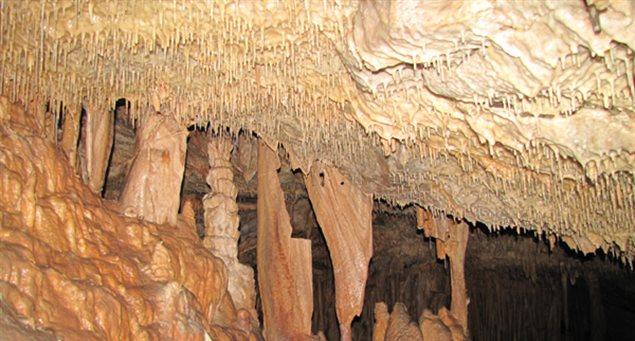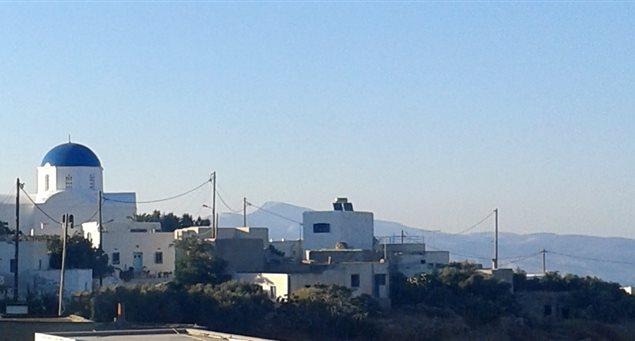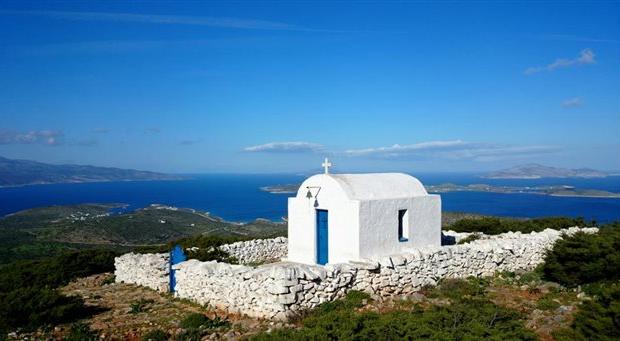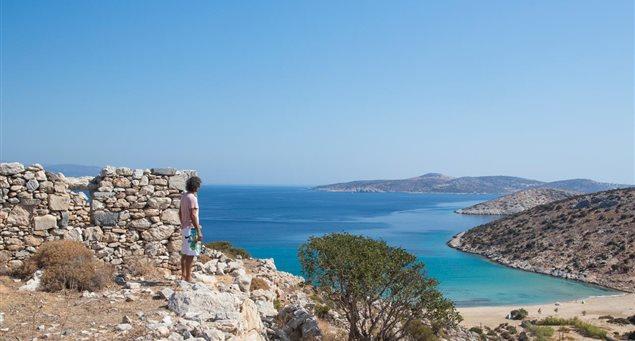
The Cave of Agios Ioannis on Iraklia is one of the largest in the Cyclades group of islands, featuring a rich and impressive maze of stalactites, stalagmites and columns, as well as a rare kind of stalagmitic substance dubbed ”cave-milk’.”
A full exploration takes more than two hours and visitors are advised to carry torches since there is no artificial lighting inside.
The low entrance to the cave, which is negotiated with some difficulty, is situated at a spot with panoramic views of the sea and nearby islands, and exactly opposite a smaller, open cave named after Polyphemus, the legendary Homeric cyclop to whom both caves are related.
On August 28, day of St. John the Baptist, when vespers are held inside the cave, the big chamber is wonderfully lit by the candles of worshippers.
According to traditional lore, the saint’s icon was discovered inside the cave by a shepherd, hence the name.
| The cave is open to visitors throughout the year | www.iraklia.gr/ensightseeing.html | ||
| There is no entrance fee |
| Directions for access | One has access to the cave only on foot but the footpath is well marked. It takes a little less than an hour to walk there from the village Panagia and it is roughly a 30-minute walk to the beach of Vourkaria. |
| Accessibility for wheelchairs | Donkeys and mules are provided by local farmers to those who need some assistance . |




